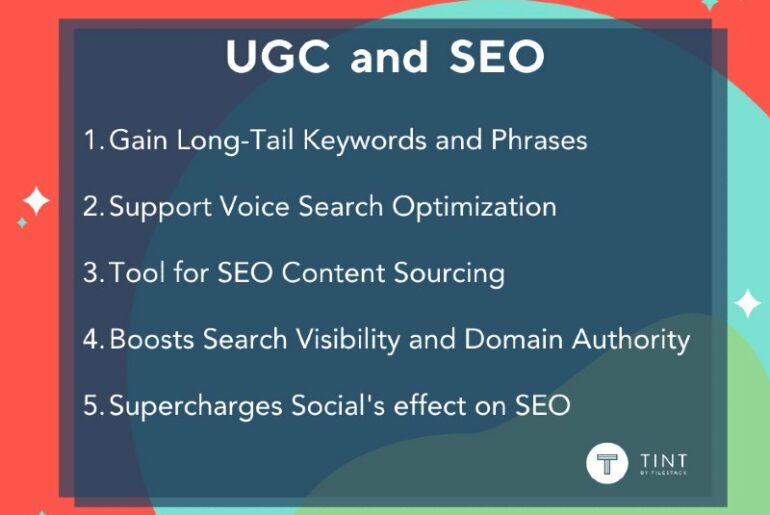
Garrett Heath is a social media and content marketing consultant and founder of MarketingBytes.io.
You may be familiar with the phrase “Content is king,” but too many people think that it should be a magician as well. Those not in the content marketing world seem to view the content creation process as akin to pulling a rabbit out of a hat: instantaneous. Unfortunately, creating content takes time. This is particularly true when it comes to making good content. Whether you’re a content marketer trying to explain why a piece can’t be done instantaneously or a manager or executive trying to understand what your team is up to, this post will help, as we dive into the four reasons why creating content is a time-intensive operation.
1. Persona Research Is the Foundation
Before you begin writing a word, you must understand the person you’re trying to reach. Anything created before that could be in vain—at best you get an unfocused piece, at worst a monumental waste of resources. Content marketing all starts with the foundation of truly understanding and empathizing with the people you’re looking to reach.
This is vital for your content strategy for two reasons. First, it helps you define a piece’s tone. A highly technical DevOps engineer is most likely going to want to be reached in a very different way than a less technical manager who makes buying decisions for the engineering department. Understanding the lingo and attitudes of those you’re looking to reach will ensure that the message gets through.
Second, once you’ve identified your persona(s), you need to understand their pain points, dreams and ambitions. This should help inform you as to the types of pieces that will resonate with them and ultimately help you create a solid content calendar. This prep work takes time, but it’s necessary.
2. Interviews Take Time
While there are some content pieces that can be created in a vacuum, there are others that will require interviews with experts. Let’s consider the creation of a very technical blog article or white paper.
Indeed, some content marketers are domain experts—think a former software developer now SaaS marketer—but often the marketer may not have the deep expertise required to produce the content. While they may logically know how someone uses their company’s product or service, the marketer may not have practical, hands-on experience with it. This means that they have to draw out that information from experts in the same way that a journalist would need to interview a source.
Interviews are of course crucial to customer case studies. These testimonials are strong pieces in the content marketer’s arsenal for demonstrating the value of a product or service in the voice of the customer. But it does require time on the part of both marketer and customer to craft and answer questions to get those insights.
Anytime you’re reliant on an outside source to produce a piece, the time to completion will go up. While creating this content may be your number-one priority, it probably isn’t for your source and can fall to the bottom of their list. Expect to wait a long time before they’ll schedule a call—and expect last-minute cancellations.
3. The Approval Process Equals Red Tape
Bureaucracy is real in corporate environments and can impact the time-to-market of your piece. This is especially true if you’re creating content for a regulated industry, such as finance or health. But the red tape exists in even the most mundane sectors, especially when the legal or executive team has to approve any piece before it is released.
Furthermore, while the customer case study is a great marketing vehicle, the very nature of partnering with another organization could mean having to jump through the hoops of two bureaucratic structures to get approval.
Red tape has derailed plenty of projects I’ve been assigned to work on. Identifying and communicating potential hiccups is key so that your team has a realistic expectation of when a piece can land.
4. Multimedia Production Doubles the Time (At Least!)
Anytime a piece requires more than the written word, the timeline can become elongated. Multimedia elements often include:
- Custom graphics to be embedded in the post or used on social media
- Design for white papers and ebooks
- Infographics
- Video
Each of these requires a different amount of lead time, depending on the complexity. But the result is that even though the written piece may be done, it can’t be published until all elements are complete and assembled into a cohesive whole.
Having a content calendar can help ensure that everyone across the marketing organization is on the same page and that all assets arrive on time.
In the end, after accounting for some or all of these four considerations, you’ll still need to put “pen to paper” and craft a compelling narrative.
Content Doesn’t Appear by Magic
While content is vital to all modern organizations, it often isn’t seen as a process that requires time and resources.
But once you get your content engine going, it can inform many parts of your business: It provides organic search traffic, fodder for your newsletter, updates on social media and key information that can drive sales.
Content is the fuel that all digital marketing efforts run on. Let’s give it the time it deserves.




